Diagnostic and Testing
Our physicians at Pedes Orange County provide comprehensive diagnoses to develop individualized treatments of vascular disease of the legs, feet, and pelvis. Our full-service vascular lab on-site at Pedes Orange County provides state-of-the-art diagnostic testing so our physicians can quickly and accurately address each patient’s unique case.
Arterial and Venous Ultrasounds
Ultrasound is used to determine whether a specific artery or vein is open or blocked. This noninvasive technique visualizes the artery with sound waves to measure blood flow through the arteries and veins, allowing the physician to target the problem area and determine the most effective treatment.
Each patient receives a thorough consultation following the ultrasound. The vascular specialist will explain the most effective treatment options available to increase blood flow to the legs and feet if treatment is required. This may decrease leg pain, reduce or eliminate ulcers and sores, increase mobility and even save the affected limb.
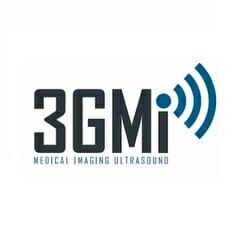
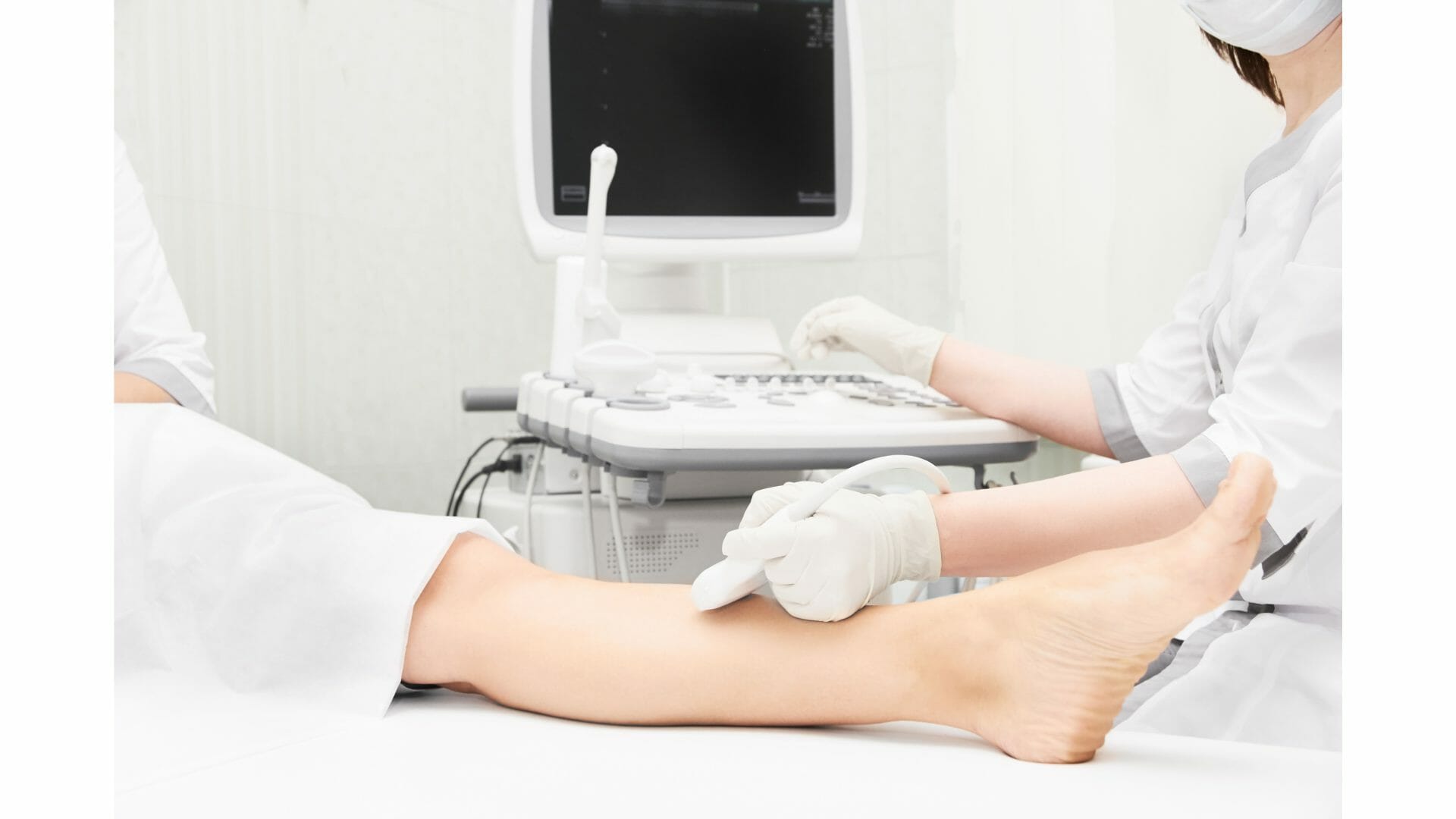
An arterial ultrasound uses sound waves to visualize the artery, measuring the direction and speed of blood cells as they flow through the arteries and veins. This noninvasive technique determines whether a specific artery is open or blocked and may identify the cause of pain, discomfort, sores, or color changes in the legs or feet. It may also help determine the level and degree of Peripheral Arterial Disease.
A venous ultrasound utilizes the same noninvasive technique to search for blockages in the veins of the legs. These blockages are frequently caused by blood clots, which can become dangerous and life-threatening if they break loose and travel to the lungs. The ultrasound may also identify the cause of swelling, redness, pain, or cramping in the legs while walking or resting. Ultrasounds are generally an hour in length and do not require any preparation.
Angiography (Venography)
An angiogram is a minimally invasive imaging test used to visualize and diagnose blockages inside the arteries and veins. A thin tube is inserted that injects a special dye, allowing the blood vessels to appear on the X-ray taken immediately after. Fluoroscopy imaging captures detailed photographs of the arteries and veins as the dye is introduced into the vessels. If there is a blockage, the radiologist will recommend the most effective treatment options.
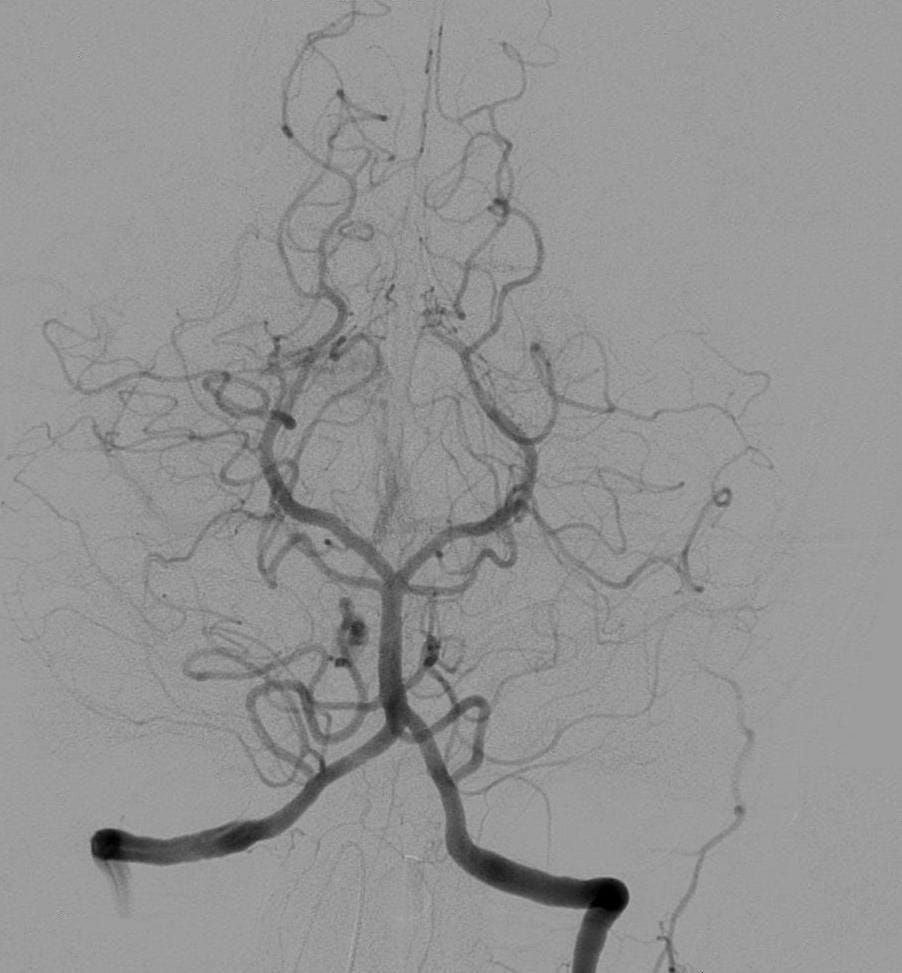
Renal Artery Impaired Patients
Pedes Orange County uses the most comprehensive set of treatments available in Orange County to protect patients with chronic renal insufficiency during lower extremity angiography/venography and interventions.
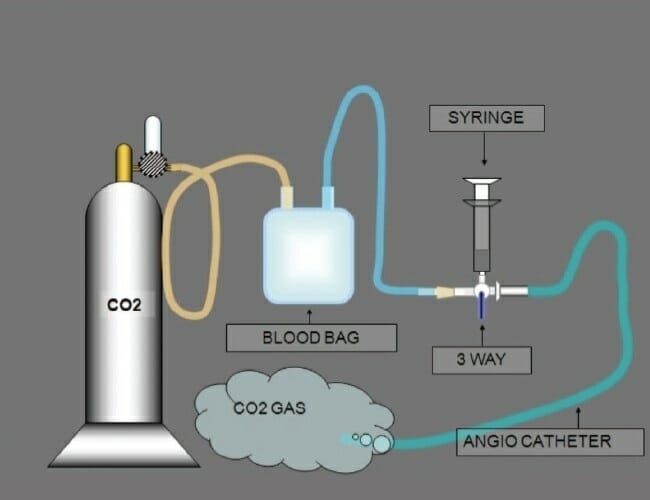
CO2 Angiography (Venography)
A CO2 angiogram has become a useful diagnostic tool, particularly for patients hypersensitive to iodinated contrast material or with poor kidney function. Carbon dioxide is injected into the blood vessel as an alternative to the iodinated material that is generally used. CO2 angiograms are used for imaging both arterial and venous circulations and also to assist in a variety of endovascular interventions, even in patients without contrast allergies or renal failure.
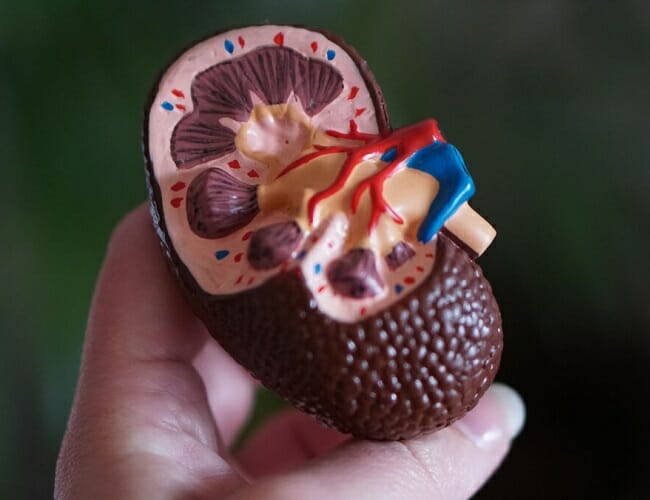
Targeted Renal Therapy
Intraoperative administration of a nephroprotective vasodilatory agent directly into the renal arteries during angiography prevents contrast-induced nephropathy.
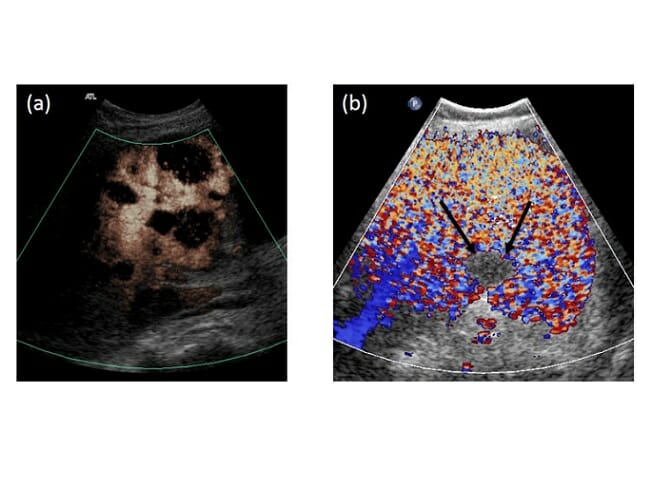
Specialized Contrast Agents
Contrast agents with low nephrotoxicity are successfully used in patients with renal impairment.
The highly skilled doctors and nurses of Pedes Orange County use these tools and a wealth of experience to achieve limb-saving results in even the most challenging renal impaired patients.
What to Expect from Your Visit to Pedes
ULTRASOUND
ULTRASOUND
Your treatment will begin with an ultrasound examination of your veins, arteries, or both, in your legs to diagnose the presence and extent of the disease. Your test results will be immediately available to review with the doctor.
CONSULT
CONSULT
Once we review the results of your diagnostic tests, our physicians will help you develop a plan to provide you with the best treatment for your disease.
TREATMENT
TREATMENT
Depending on the extent of disease in your arteries or veins, our specialists may recommend minimally invasive intervention and/or prescribe medications to help your symptoms.
FOLLOW UP
FOLLOW UP
It is important to make sure that you return for every scheduled follow-up appointment to ensure that your disease is appropriately monitored. If you ever have any questions or concerns, please call or schedule a follow-up appointment with our staff.



